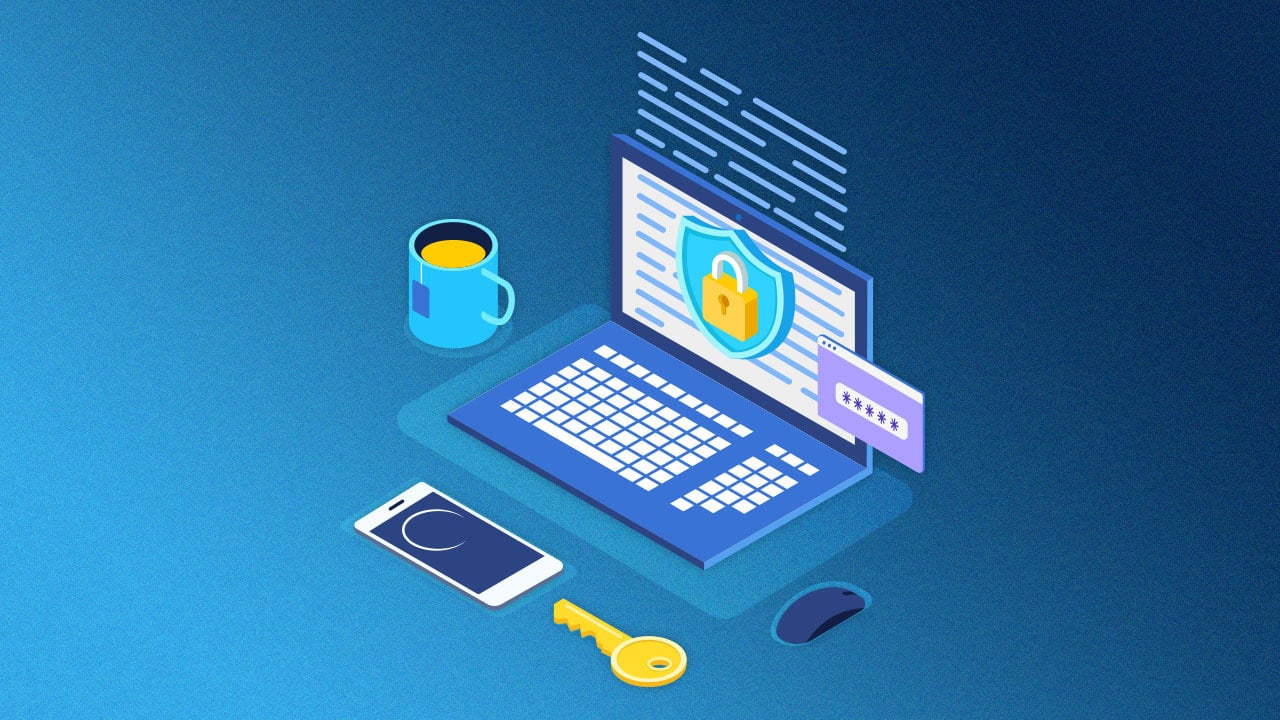How internet platforms safeguard sensitive player information?
The surge in internet-based lottery ticket sales promises unparalleled convenience for enthusiasts. However, casually providing personal identification and payment information online also warrants justified consumer precautions. Malicious hackers or unethical insiders could target user data for identity theft and financial fraud. Fortunately, leading online lottery platforms deploy rigorous cyber security defences shielding player details. Multi-layered protocols frustrate unauthorized access attempts while analytics models detect illicit activity swiftly for intervention. Lotteries also boost transparency surrounding information handling policies easing privacy concerns and hindering adoption.
Secure site infrastructure as the foundation
Online lottery platforms face immense loads accessing game results and facilitating ticket purchases around the clock. But before architecting engagement touch points, engineers establish hardened site infrastructure obstructing cyberattacks. Lottery servers utilize firewalls filtering out malicious traffic probing for weaknesses. Virtual private networks (VPNs) then encrypt transmitted data guarding against eavesdropping. Once safeties deny external unauthorized access, tier-based permission models next prevent insider risks. Employees gain system access only corresponding to job duties through role-based identity management. Logging all account activity establishes individual accountability tracing any potential misuse. Backups additionally facilitate recovery should breaches somehow still occur. Establishing robust infrastructure prevents most threats from becoming player concerns.
Validating Players with multi-factor authentication
Registering player accounts further strengthens participation integrity using multi-factor authentication (MFA). Users undergo identity proofing with details like SSNs and scans of government IDs. Geolocation tools verify residency in states with legal lottery jurisdictions. Checks against records validate ages meet legal minimums preventing underage signups. With identity firmly validated, MFA next requires entering unique codes from enrolled mobile devices when accessing accounts. One-time codes SMSed to personal phones confirm logins occur from owners rather than hackers reusing stolen usernames and passwords alone. Adding this simple identity verification obstacle thwarts most unauthorized account access.
Maximizing payment security
Given paito singapore lottery platforms manage financial transactions; engineers implement layered payment protections preventing fraud. Platforms utilize tokenization when storing player credit cards or third-party payment app authorizations. Tokens act as substitutes scrambling actual account details so no sensitive card data exists for bad actors to steal. Checks before large withdrawals also inhibit money theft. Partnerships with payment providers like PayPal give added security assurances around transactions. Integrations with their fraud analysis AI recognize suspicious spending spikes triggering alerts. Tools also exist allowing players to set deposit limits preventing overspending. Deferring payment processing offloads liability while still providing lottery budgeting guardrails.
Detect outlier account activity
While preventing cyberattacks makes headlines, insider abuses like employee snooping or player account takeovers also require diligence. Here again, advanced analytics provide silent sentinels exposing problems for intervention. Algorithms baseline expected player activity like login locations, typical purchase amounts, jackpot entry consistency, and more. Models then flag statistically significant deviations to queue reviews determining legitimacy. AI even personalizes baselines acknowledging that usage naturally varies by player. A high roller may exhibit patterns daily that seem irregular for once-a-month players. Appreciating these nuances through machine learning avoids erroneous red flags while still spotlighting truly risky anomalies. AI augmentation handles detection scale and complexity exceeding manual capabilities alone.







